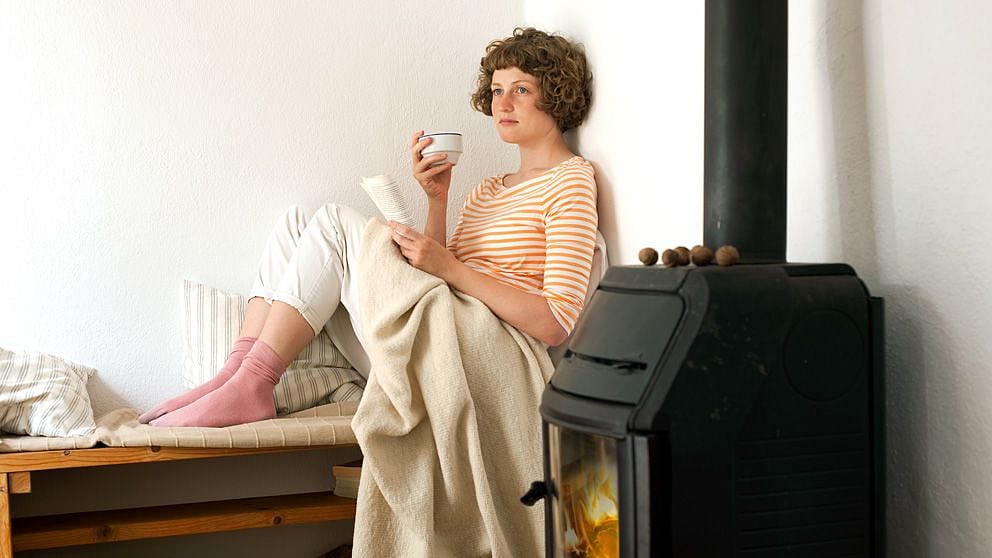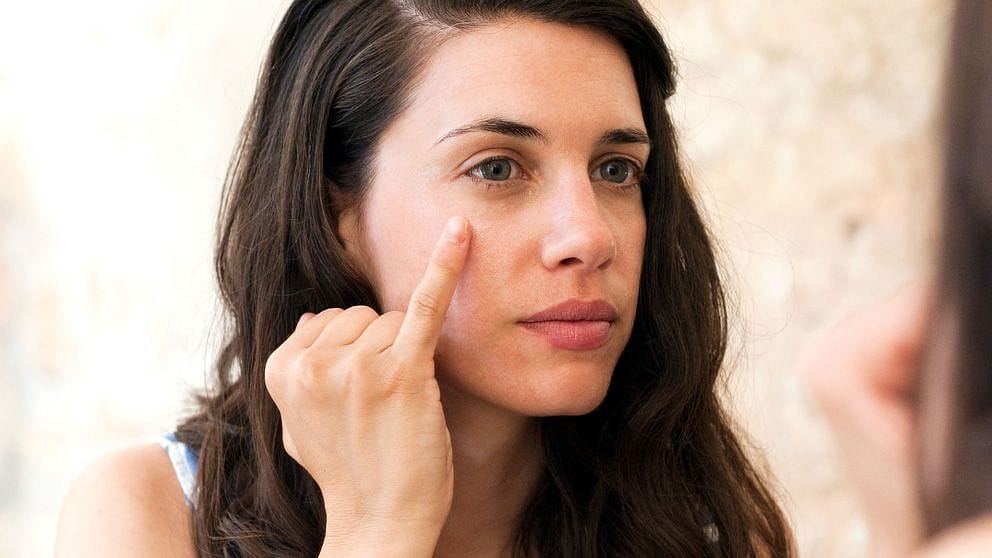Cold
During the cold season, our skin is often more dry because our sebaceous glands and sweat glands are less active during this time. This can weaken the skin barrier. In cold weather, the overall air humidity tends to be lower, causing more moisture to evaporate from the skin than during warmer months. The constant change between frosty temperatures outside and significantly warmer temperatures in heated rooms can irritate the skin










